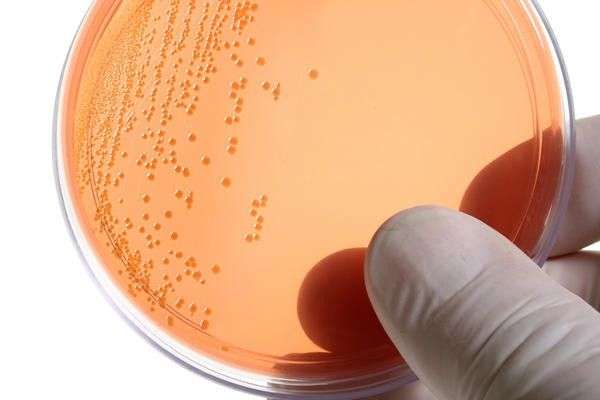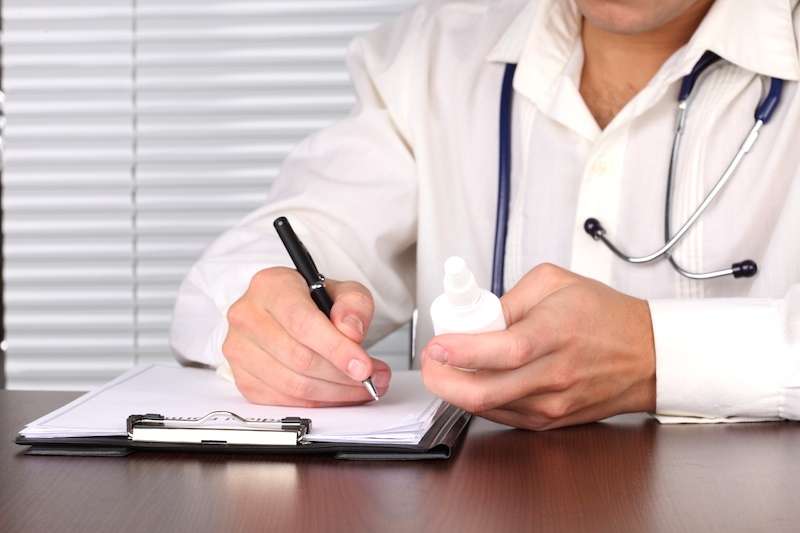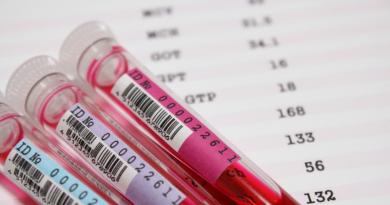Treatment of chronic chlamydia is a question that is considered quite common in our time. This disease is quite difficult to diagnose, because in most cases it has a latent course. In whether it is possible to cure chronic chlamydia, we will try to understand in more detail.
Chronic chlamydia is considered a fairly common disease that affects both men and women. The clinical picture of the disease is more pronounced in men: in women, the pathology is often asymptomatic, so diagnosing the disease and treating it on time is not an easy task.
For example, it is possible to diagnose the presence of chronic chlamydia in men due to the appearance of pathological symptoms that will appear 1-3 weeks after infection in the form of:
- burning sensation during the act of urination;
- the appearance of secretions;
- swelling of the penis;
- pain in the penis;
- increase in body temperature;
- decrease in sexual desire.
Over time, the pain becomes very intense and interferes with the normal movement of a person. Please note that these symptoms are not always present in the patient - their appearance is observed only during the period of exacerbation of the disease.
If we consider the situation with women, then their clinical picture of the disease is much more complicated, but there are no symptoms of chlamydia.
The clinical picture of the disease in women
The first symptom of chronic chlamydia in women is considered frequent urination. Only in half of the cases, the appearance of specific secretions of a mucous nature joins this pathological symptom. Quite often there are such uncomfortable symptoms as itching and burning sensations.
As a result of the absence of pronounced pathological symptoms, female chlamydia becomes chronic, and this, in turn, leads to the involvement of internal organs in the pathological process.
Chlamydia urethritis begins to form, which in most cases is accompanied by:
- pain sensations;
- frequent acts of urination;
- burning sensation in the organs of the genitourinary system;
- the appearance of minor bleeding.
It is quite easy to diagnose chronic chlamydia with damage to organs that are localized in the small pelvis, because the course of the disease in this case is accompanied by sudden and acute pain.
Complications
Please note that, despite the difference in clinical manifestations, it leads to the formation of complications in equal numbers in both men and women.

The greatest level of danger is during the period of bearing a child, because this pathological condition leads to an increased risk of the formation of pathologies in the fetus.
Complications of chronic chlamydia in women are:
- endometriosis;
- inflammation of the ovaries;
- adhesive process;
- infertility.
Chronic leads to the formation of:
- chronic prostatitis;
- adhesive process;
- testicular lesions;
- reproductive disorders.
Pathology therapy
For the treatment of chronic chlamydia, various means and techniques are used. For example, one of the methods is considered to be enzyme therapy, which helps to eliminate the pathological manifestations of the disease. For this purpose, animal and plant enzymes are used, which have a positive effect on the human body.
The use of this therapy makes it possible to concentrate high concentrations of antibacterial drugs in the focus of infection. Another positive side of this treatment is that enzyme preparations have a positive effect on the condition and functioning of the kidneys and liver, which, in turn, leads to a decrease in toxic effects on the body and accelerates recovery processes.
The use of hepatoprotectors is considered effective. These drugs have the ability to increase the level of liver resistance to the negative effects of various factors and the action of antibiotics. In parallel with this, this medicine also restores and improves the functional ability of the liver.
Please note: a significant number of hepatoprotective drugs have antioxidant, immunomodulatory and anti-inflammatory properties. This nuance is important in the case of treating the disease with antibacterial agents with a high level of toxicity. All of these play an important role in the healing process.
Medicines used to treat chlamydia
The main drug that should be present in the treatment of chlamydia is an antibiotic. The chronic form of the disease in most cases requires the appointment of two drugs.

As for the duration of their intake and dosage, it will depend on the severity of the course of the disease. This issue will be decided by the attending physician after assessing the entire clinical picture. The selection of an antibacterial agent is carried out by conducting laboratory tests to identify the sensitivity of the pathogen to the drug.
An obligatory stage of treatment is the intake of vitamins and antioxidants. These drugs are used to treat almost all diseases, because the funds are endowed with the ability to increase the body's resistance.
There should be immunostimulating agents that play a big role in the treatment of this kind of disease. After all, if there is no immune response of the body to a foreign agent, antibacterial agents in this case will not provide the desired result that would lead to recovery. That is why the treatment regimen should contain drugs that can stimulate the human immune system.
To eliminate the negative effects of antibiotic therapy (diarrhea and dysbacteriosis), it is recommended to take probiotics.
Treatment regimen
Therapy of uncomplicated disease is carried out according to a special scheme.

The treatment regimen for chronic chlamydia consists of the following steps:
- Preparation. This stage lasts an average of 7 days, begins with the correction of immunity. If necessary, the patient is prescribed Amixin or Polyoxidonium. In parallel with taking these drugs, the patient is prescribed a course of enzyme therapy, which consists in taking Wobenzym or Trypsin. Local therapy is carried out in the form of microclysters with chlorhexidine, installation trays. It is recommended to take vitamin preparations all this time, special attention should be paid to vitamin E.
- The main stage of treatment. Its duration is 14 days. The patient at this time should take antibiotics, and if indicated, also antifungal and enzyme preparations. Please note that it is considered a feature that the first and second stages should continue at the same time.
- Recovery. Like the previous two stages, this period should be 2 weeks. During its duration, the patient should take probiotics and hepatoprotectors. If there are indications, a course of physiotherapy is also carried out.
It should be noted that curing chronic chlamydia is not an easy task, because therapy requires constant monitoring of the results (to determine the effectiveness of the therapy).
It must be remembered that the disease can be cured, but requires repeated courses of antibiotic therapy.
It is possible to cure the disease, but in order to achieve a quick result, it is necessary to strictly follow the recommendations of the doctor and fulfill all his requirements.
Summing up, I would like to emphasize that in no case do not start treatment on your own, as this will not only not bring the desired result, but also lead to the formation of complications. Only a qualified specialist, having assessed the patient's condition and the results of examinations, can prescribe an adequate and effective treatment.



